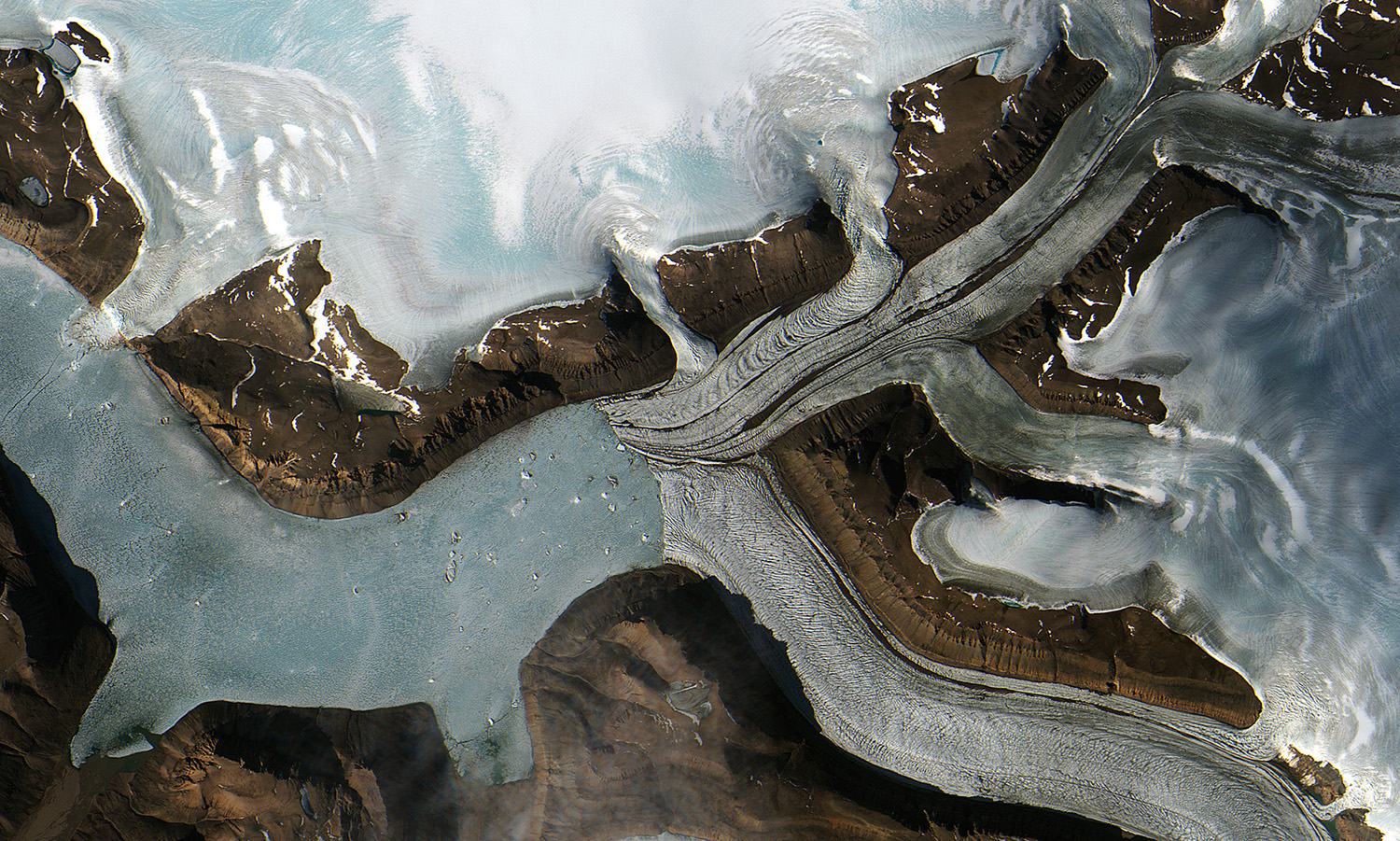

Measuring biodiversity on the ground takes a lot of time and a lot of money. If you’ve ever tried counting how many types of trees are in a forest or the number of animals that live there, you would find that it’s an almost insurmountable task.
But satellites could make the grunt work go away. Satellite imagery gets better and more ubiquitous every day as new satellites are launched and old ones are updated. The European Space Agency just launched the Sentinel-2 satellite at the end of June and it’s already sending back incredible images that scientists are using to monitor biodiversity.
Over the past several years, scientists have been actively involved in getting biodiversity to the forefront of interest. In 2010, a United Nations convention set 20 biodiversity targets for countries to meet by 2020, ranging from halving the rate of habitat loss to sustainably harvesting fish. The problem is it’s tough to know if nations have met these goals without knowing what to measure and how to measure it.
Last month, more than a dozen conservation biologists wrote an op-ed in Nature, published online July 22, calling for a universal method of measuring biodiversity via satellites. The authors proposed 10 variables to measure, from wildfire frequency to species abundance. This November, the Group on Earth Observation Biodiversity Observation Network, an international consortium that counts NASA and others as a partner, plans to meet and hopefully agree on essential variables to measure biodiversity from satellites.
NASA’s Applied Sciences Program has used satellites to study Earth’s ecology for years, according to its 2014 annual report released today. One tool highlighted in the report is EnvDATA, a database where researchers can input their data on species’ movements and compare it to satellite imagery and data on weather patterns, vegetation, and human population density. Scientists at the U.S. Geological Survey Northern Rocky Mountain Science Center in Montana are using EnvData to study condor migration, for example.
Here are a few other ways satellites are helping to measure biodiversity:





